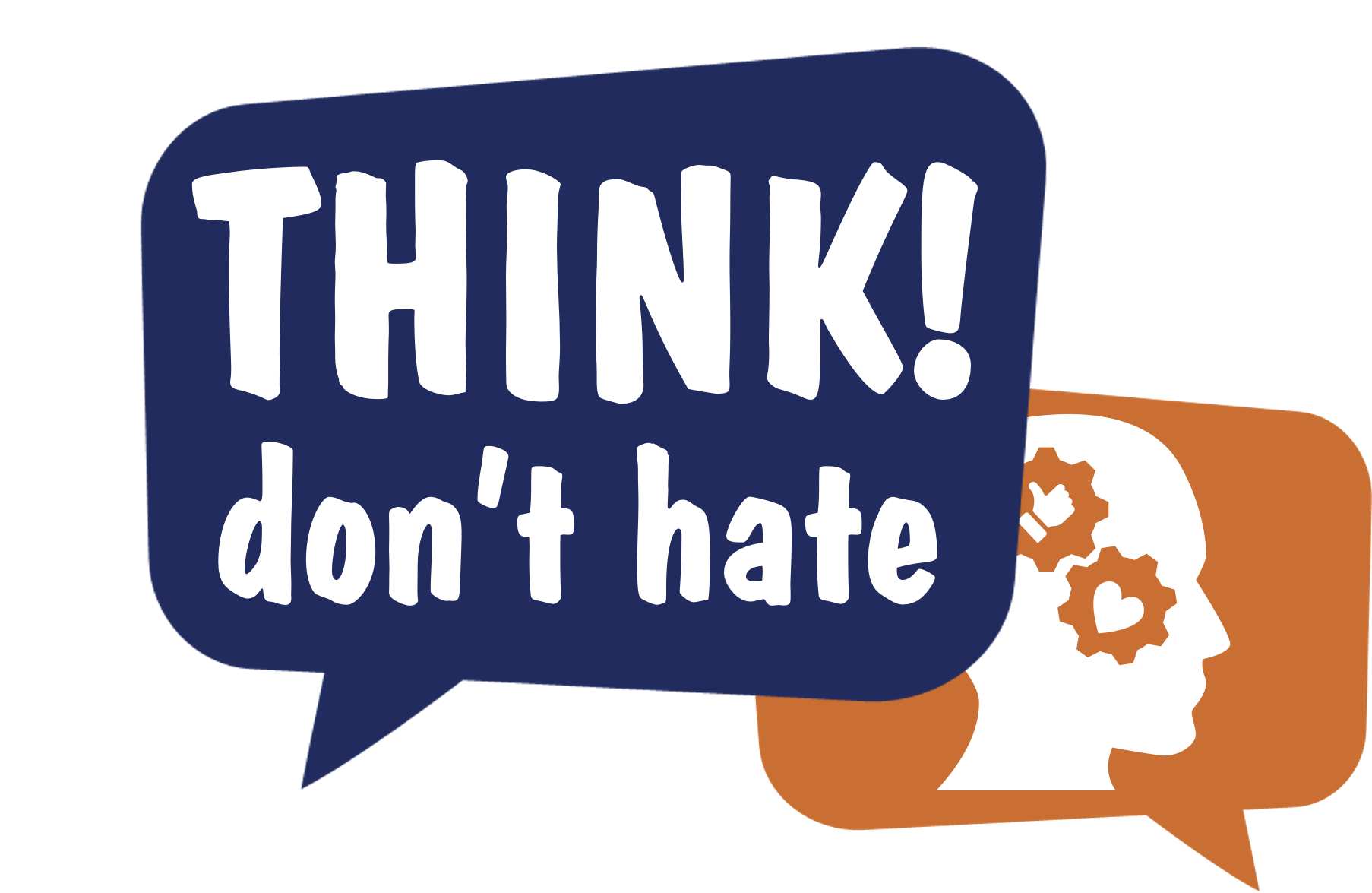
CHAPTER 1
C. Mechanisms to counter online hate speech
Hate speech has been among us for quite some time now and there have been different attempts to, while not being able to completely extinguish it, at least minimize it. This very difficult task has been tackled by many initiatives, which have tried to diminish the effect and continuance of hate speech. Take a look at some of these good practices and their impressive results!

❖ REPORTING PLATFORMS
In Albania, the online platform “ISIGURT” (www.isigurt.al) was launched as a reporting platform for online abuse and offences. Through 2016-2018, over 300 cases of children and young people have been denounced near the platform, of which around 62% have been cyberbullied. From January to June 2019, 60% out of 35 reported cases were related to hate speech, threats and online blackmail.
NGO Youth for Peace, from Bosnia and Herzegovina, in partnership with the Somborski Edukativni Centar from Serbia and Udhetim i Lire from Albania has been implementing the #ALTerHate campaign within the #Speech4Change platform. #Speech4Change is a platform created by young people gathered around the European Interfaith Youth Network of Religions for Peace, which aims to combat hate speech through activities of education, sensitization, and advocacy for acceptance of diversity and inclusion through the creation of alternative narratives.
❖ WEB CLEARANCES
In some countries NGOs have succeeded in persuading online authors and internet service providers to remove websites dedicated to hate speech. This approach has been particularly successful in countries with hate speech laws, such as the Netherlands. For example, the Dutch Magenta Foundation’s Complaints Bureau for Discrimination on the Internet has succeeded in removing thousands of examples of hate speech from the Internet since 1997, by pointing out the illegality of hate speech to authors and owners of sites containing such material. This approach was successful in 95% of cases.
❖ ONLINE WEAPONS
In Ambon, Indonesia an inter-faith group called the Peace Provocateurs used text messages and social media to counter messages inciting violence. Whenever rumours of violent incidents began circulating, volunteers were immediately sent to verify the facts, and text messages and messages on social media were circulated to set the record straight, with the aim of preventing revenge attacks. The group is believed to have played a key role in containing violence in Ambon in September 2011.
❖ A CODIFIED BATTLE
A very important step that was taken by the EU was the EU Code of Conduct on illegal hate speech online. To prevent and counter the spread of illegal hate speech online, in May 2016, the Commission agreed with Facebook, Microsoft, Twitter and YouTube a “Code of conduct on countering illegal hate speech online”. In the course of 2018, Instagram, Snapchat and Dailymotion took part in the Code of Conduct, Jeuxvideo.com in January 2019, and TikTok joined in September 2020. On 25 June 2021, LinkedIn also announced its participation in the Code of Conduct.
With this initiative, the Code now covers 96% of the EU market share of online platforms that may be affected by hateful content.
Facebook reports having a global network of about 15,000 people working on all types of content review and across Google and YouTube there are more than 10,000 people working to address content that may violate the company’s policies. From data reported by some of the IT Companies participating in the Code, the amount of notices on hate speech content seems to be in the range of 17-30% of the total. Facebook reports having removed 3.3 million pieces of content for violating hate speech policies in the last quarter of 2018 and 4 million in the first quarter of 2019. In 2018, more than 6.2 million Twitter accounts were signalled for containing hateful conduct and the platform took action on approximately 536,000. A study carried out by Vox POL for the Commission in 2018 made a comparative analysis of the activity of a group of about 175 “haters” in several Member States: while these produced 60,000 hateful tweets in 2016, their activity today is reduced to 7400 tweets.
This data definitely proves the phenomenon of online hate speech is a matter that concerns a huge number of people who happen to be in the position of the victim, the perpetrator, the bystander or the authority that needs to react, while the high numbers of hate speech cases have already rang a bell to those in charge or with power to affect a larger audience. However, this way of countering hate speech cannot be enough or effective on its own. And it is now time to learn step by step the process of countering hate speech online as individuals active in the field of youth, youth workers or youth organizations.
At the end of the day…you(th) have the power to change the world! Why not hate speech?
❖ COUNTER AND ALTERNATIVE NARRATIVES
But is there anything we can do on our own to join the battle against negative narratives? How should we react when we stand in front of an incident of hate speech, either as victims ourselves or as observers? The answer is simple and direct: counter and alternative narratives! Sometimes there is no better response to a hateful attack than a shield of positiveness and optimism! Inclusion and solidarity against discrimination and prejudice! Chapter 3 of this Guide will guide you step-by-step through the process of how to develop and use counter and alternative narratives. Don’t waste any more time! Take a look and join the battle!